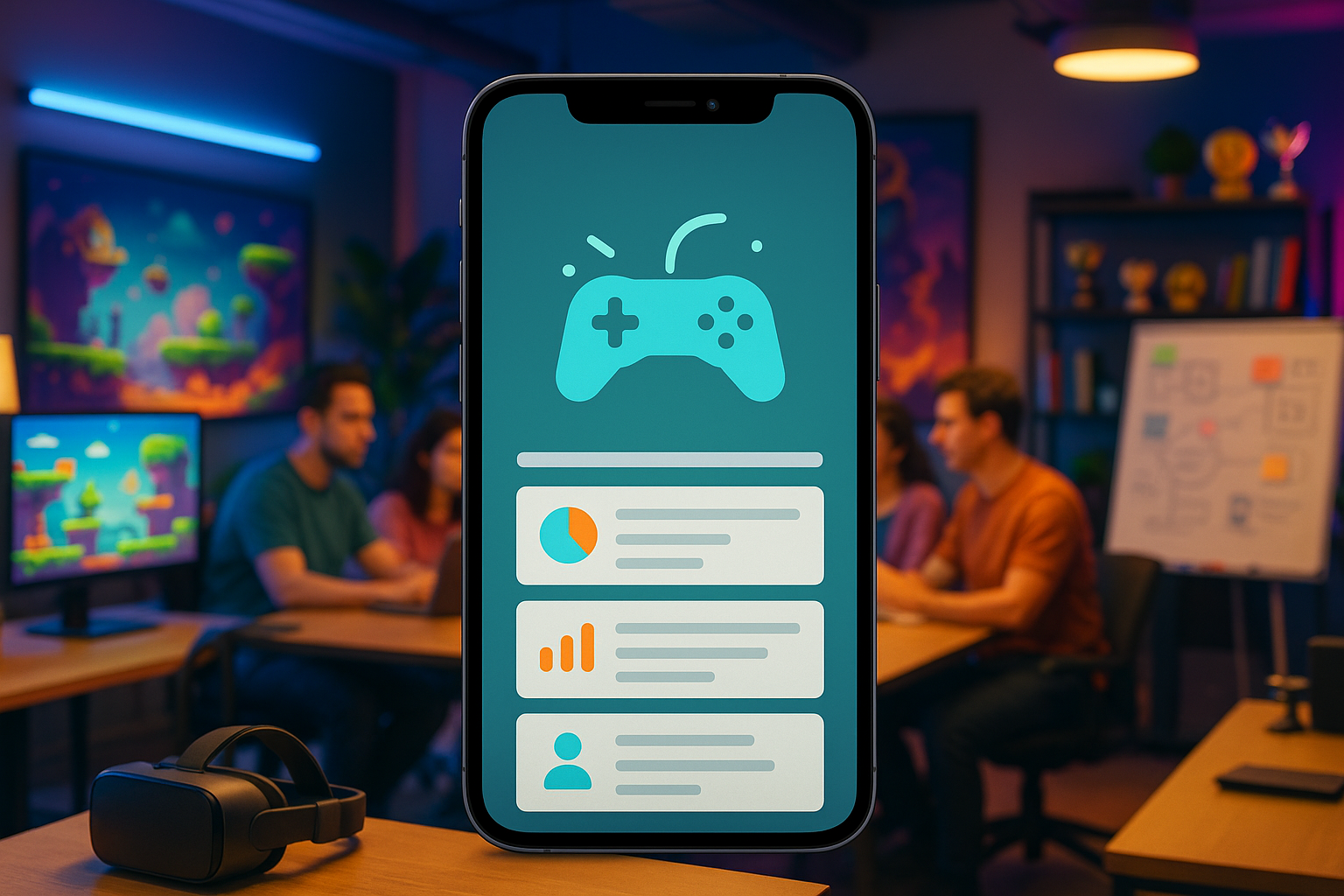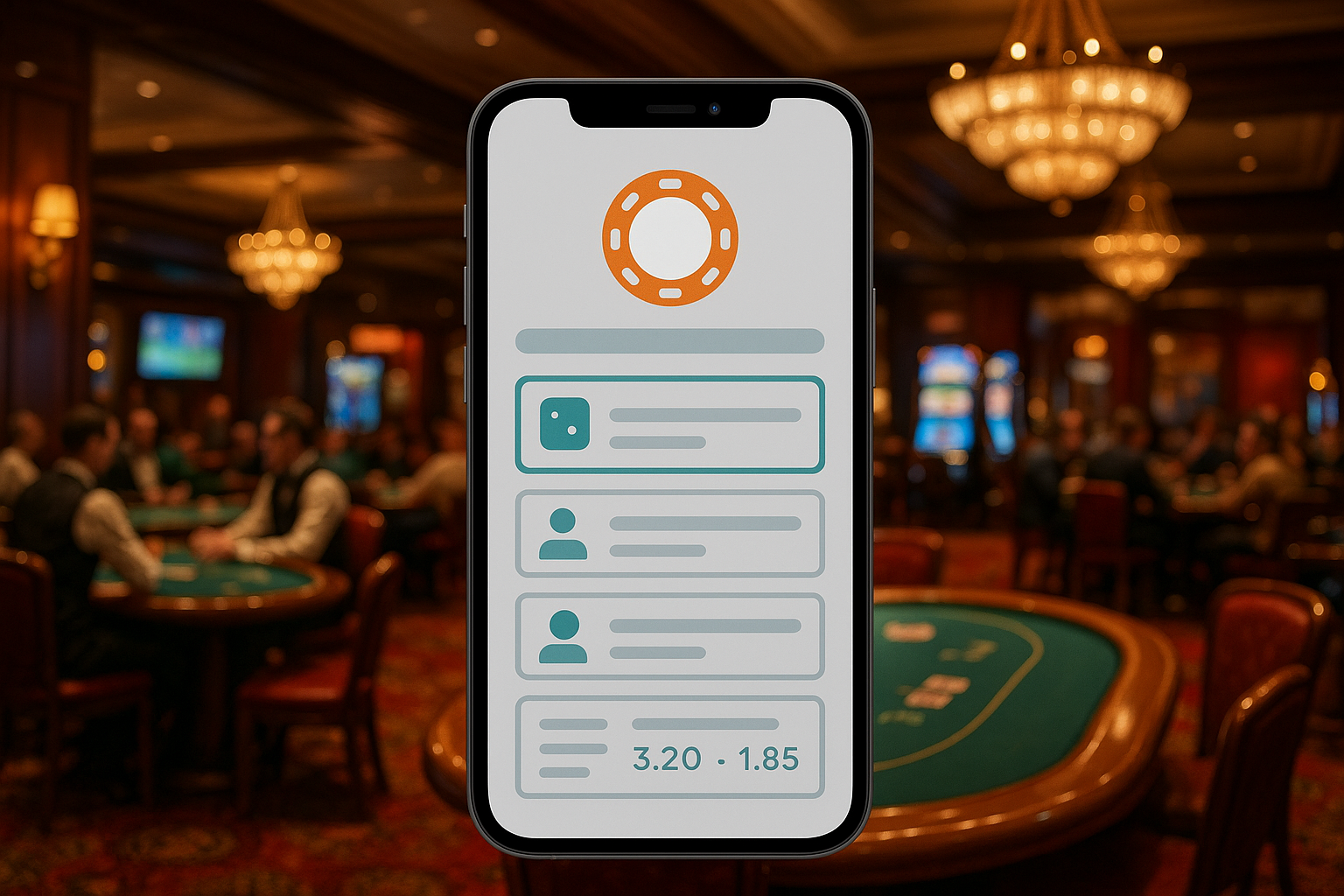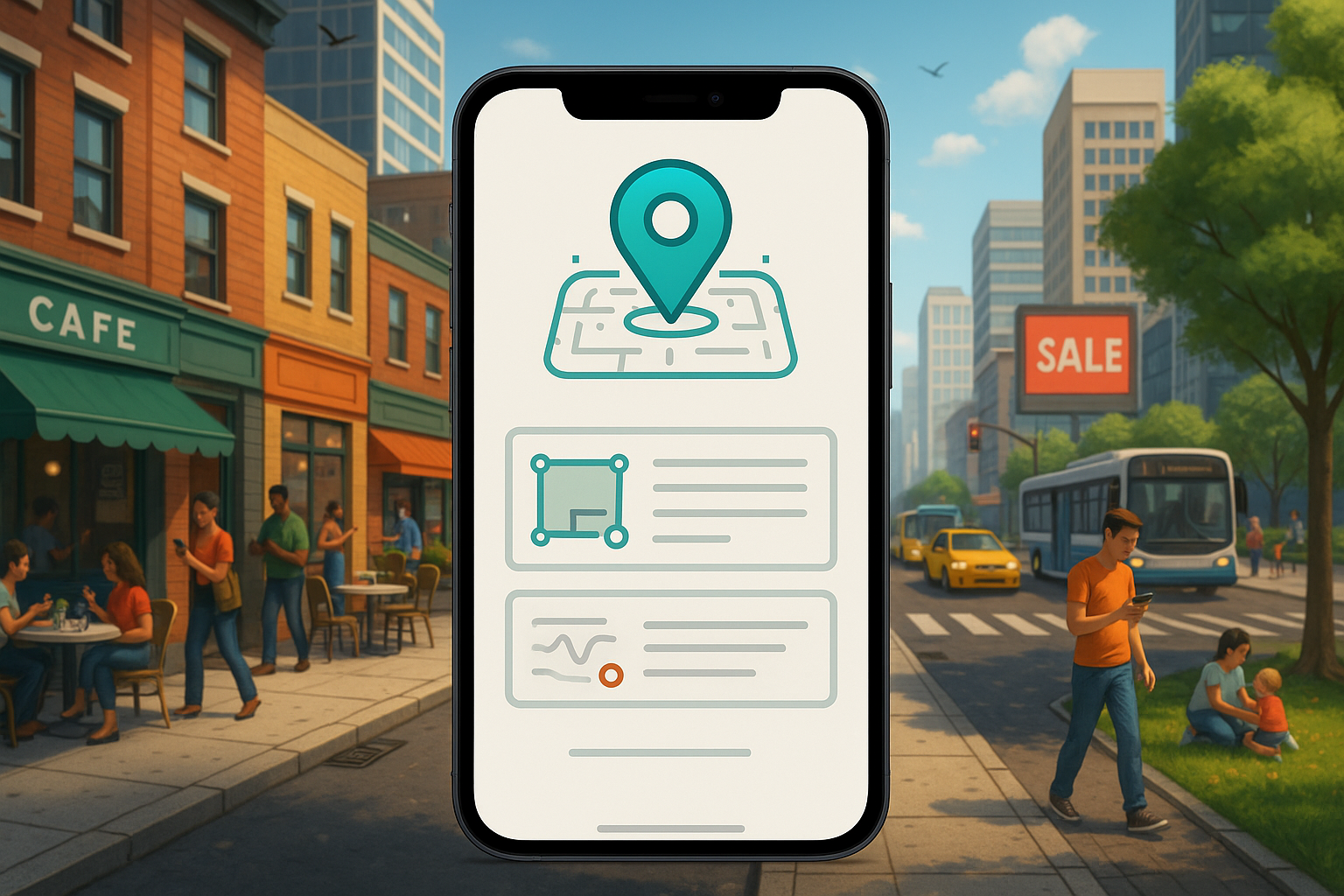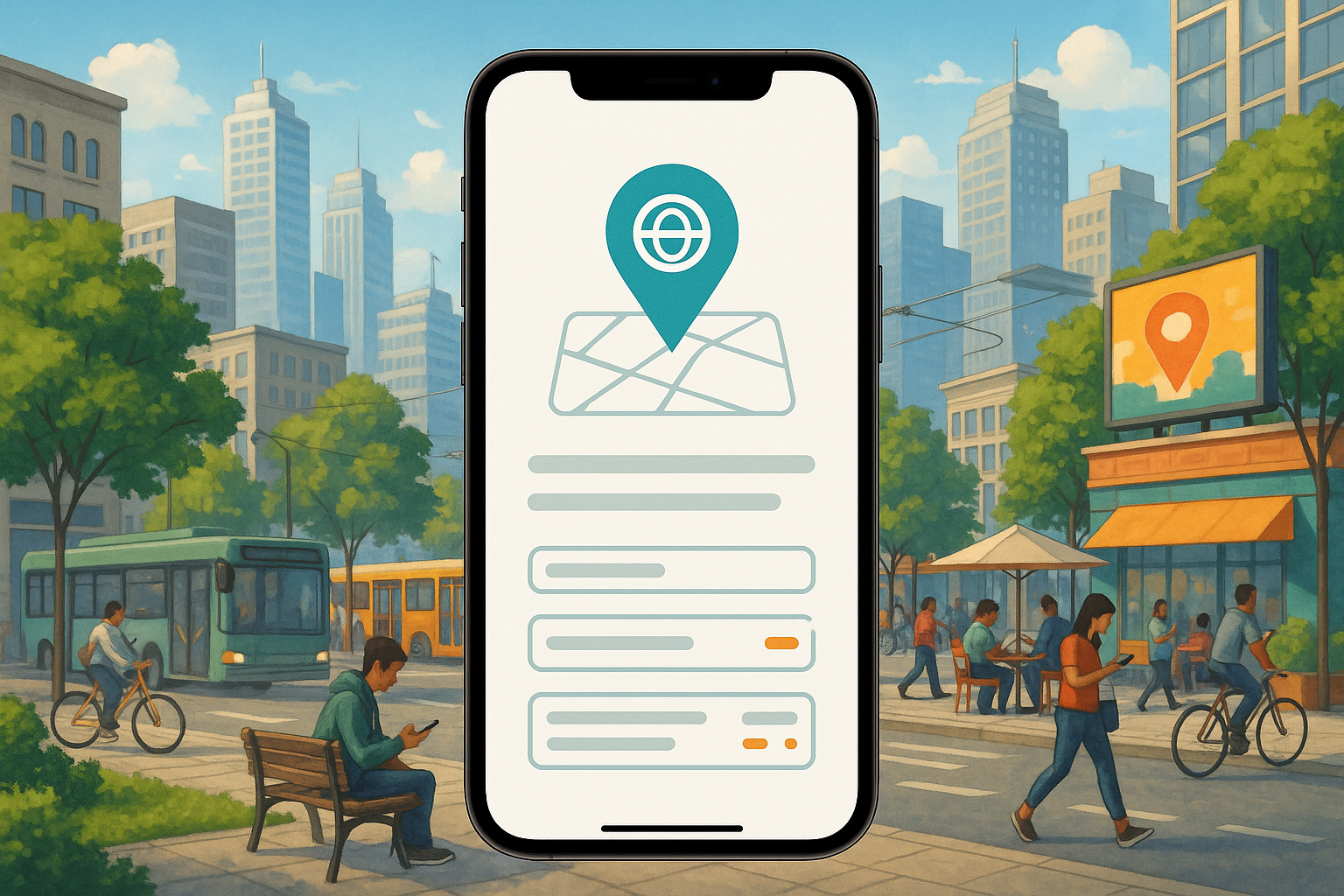Introduction
The mobile gaming market is a behemoth, a vibrant and fiercely competitive arena where fortunes are made and ideas come to life. Yet, for every breakout success, countless promising game concepts falter, caught in the treacherous currents of development complexity, monetization pitfalls, and technical hurdles. The dream of launching a hit game can quickly become a frustrating reality of spiraling costs, user churn, and missed opportunities. Developing a game app is not merely about coding a fun mechanic; it’s a multidisciplinary challenge that demands expertise in user psychology, economic modeling, cross-platform engineering, and continuous, data-driven optimization.
The problem many aspiring game creators face is underestimating this complexity. An in-house team, even a talented one, can find itself struggling to navigate the intricate web of engine porting, diverse monetization strategies, platform-specific guidelines, and the relentless need for post-launch support and content updates. This is where a strategic partner becomes invaluable.
This article serves as a comprehensive guide to game app development. We will dissect the entire process, providing the clarity you need to move forward with confidence. We’ll explore what defines a modern game app, uncover the significant difficulties of in-house development, analyze the different types of game apps and their ideal monetization models, and provide realistic cost estimates.
Most importantly, we’ll show you how an expert partner can be the difference between a stalled project and a market-ready success. At MetaCTO, a top-tier, US-based AI-powered app development firm, we have over 20 years of experience turning ambitious ideas into successful mobile applications. We don’t just build apps; we architect success. From initial concept validation and MVP development in just 90 days to sophisticated growth and monetization strategies, we handle every step, ensuring your game not only launches but thrives.
What is a Game App?
At its core, a game app is an interactive software application designed for entertainment on a mobile device. However, this simple definition belies the intricate ecosystem that powers the modern mobile game. Unlike a simple utility app, a game app is a carefully constructed world designed to engage, retain, and, ultimately, generate revenue. The “app” part is the vessel; the “game” is the complex engine of user experience and economic strategy.
Modern game apps are rarely a one-time product. They are live services, constantly evolving with new content, events, and challenges to keep their player base engaged. The success of a game app is measured not just in downloads, but in daily active users, session length, retention rates, and average revenue per user.
This reality has given rise to sophisticated game monetization strategies, which are fundamental to what a game app is today. Game monetization is the strategic framework developers use to generate revenue, allowing them to offer games for free or at a low cost while sustaining development and profitability. These strategies are not afterthoughts; they are woven into the very fabric of the game’s design and progression. The primary models include:
- In-App Purchases (IAPs): The backbone of the “freemium” (free + premium) economy, where players can download and play for free but can purchase items to enhance or accelerate their experience.
- In-App Advertising (IGA): Developers earn revenue by displaying ads to players, a trade-off that grants users free access to the game.
- Subscriptions: A recurring payment model where players gain consistent access to exclusive content, bonuses, or an ad-free experience.
- Pay-to-Download (P2D): The traditional model where users pay an upfront fee to download and access the game.
Therefore, a game app is a dynamic fusion of entertainment, user psychology, and economic design, built to thrive within the unique constraints and opportunities of the mobile ecosystem.
Reasons That it is Difficult to Develop a Game App In-House
While the idea of keeping development entirely in-house is appealing for control and vision, it presents formidable challenges that can derail even the most promising projects. The path is laden with technical, financial, and strategic complexities that demand a level of specialized, multi-disciplinary expertise that few single teams possess. Hiring an experienced development agency like us helps you sidestep these pitfalls and leverage a team that has already navigated them over 120 times.
Technical and Platform Complexity
The technical hurdles of game development extend far beyond writing clean code. They involve deep knowledge of specific platforms, engines, and the architecture required to create a seamless user experience.
- Custom Engine Porting: Many established studios use powerful in-house engines, often optimized for platforms like DirectX on PC. If a developer’s expertise lies there, porting that game to mobile platforms that use different graphics APIs (like Metal on iOS and Vulkan/OpenGL ES on Android) is not a simple task. It is an extensive, costly, and time-consuming redevelopment effort that requires specialized mobile graphics engineering.
- Cross-Platform Integration: Even when using a cross-platform engine like Unity, challenges abound. Each platform—Apple’s App Store and Google Play—has its own infrastructure, user interface guidelines, and payment systems. Ensuring that a player’s in-game purchases, virtual currency, or character skins are accessible whether they are playing on their iPhone, Android tablet, or even a console is a complex architectural feat. It requires unified development practices and robust backend services to sync player data seamlessly.
- Platform-Specific Monetization Rules: Each platform has strict guidelines on monetization. For instance, Apple famously prohibits apps from directing users to external payment links to circumvent its 30% commission. Navigating these rules, especially for cross-platform games where you might want to offer deals on a website, requires careful planning to avoid having your app rejected.
- Device Fragmentation and Performance: The mobile world is not uniform. There are thousands of different Android devices with varying screen sizes, processing power, and memory. A game must be optimized to run smoothly on high-end flagships and budget-friendly models alike. Heavy graphics, high CPU usage, or even frequent ads can cause performance issues like lag, overheating, or crashes on lower-end devices. Furthermore, developers must be mindful of battery life and data consumption; a game that drains a battery or uses excessive mobile data will quickly be uninstalled.
The Monetization Minefield
Arguably the most difficult part of mobile game development is creating a monetization strategy that is both profitable and fair. This is less a science and more an art, requiring a deep understanding of player psychology and data analysis.
- Balancing Revenue and Player Experience: The ultimate goal is to generate revenue without ruining the game. Overly aggressive monetization—too many ads, intrusive pop-ups, or expensive items—can frustrate players and lead to high churn rates. Finding the sweet spot where monetization methods feel like a value-add rather than a disruption is a constant challenge. This is where we excel, using A/B testing and analytics to optimize monetization without alienating your user base.
- The “Pay-to-Win” Perception: One of the quickest ways to earn the ire of the gaming community is to create a “pay-to-win” system, where players can buy a definitive advantage over non-paying players. This is especially toxic in competitive multiplayer games. Designing IAPs that offer convenience, customization, or accelerated progression without breaking the core competitive balance is a delicate act.
- Ethical Considerations: The industry is increasingly under scrutiny for predatory monetization tactics. Loot boxes, which offer randomized rewards and have been compared to gambling, are now regulated or even banned in some countries. Developers must be transparent, for example by disclosing the odds of receiving items in a loot box, and comply with international privacy laws like GDPR and CCPA. Failure to do so can result in significant fines and a catastrophic loss of player trust.
Resource and Cost Overruns
Game development is notoriously prone to exceeding budgets and timelines. An in-house team can easily get bogged down by unforeseen issues that a seasoned agency can anticipate and mitigate.
- Escalating Development Costs: The complexity of a game directly correlates with its cost. Features like multiplayer functionality, advanced graphics, voice capabilities, and payment integrations all add to the expense. A simple game can quickly balloon in cost if the scope is not managed effectively.
- The Time-Cost Equation: When hiring developers, designers, and animators on an hourly basis, every delay translates directly into increased costs. Extended development periods, whether due to feature creep or inefficient problem-solving, can drain a budget. Likewise, a prolonged and inefficient testing phase can become a major cost center.
- Specialized Talent Gap: Building a game requires a diverse team: Unity or Unreal developers, 2D/3D artists, UI/UX designers, backend engineers, and monetization experts. Assembling and managing such a team in-house is a significant HR and financial undertaking. An agency like ours provides immediate access to this full spectrum of talent without the overhead of hiring full-time employees.
Navigating these challenges requires more than just a good idea. It requires a battle-tested process, a deep bench of talent, and the strategic foresight that only comes with experience. This is the value we bring to the table at MetaCTO, transforming potential pitfalls into a clear path to a successful launch.
Different Types of Game Apps and Their Monetization
Understanding the genre of your game is foundational to choosing a monetization strategy that resonates with your target audience. Player expectations and behaviors vary dramatically between game types, and a mismatched strategy can spell doom for even the most polished game.
Casual Games
Casual games, like puzzle games, endless runners, and hyper-casual titles, are designed for a broad audience and are characterized by simple mechanics and short, frequent play sessions. Players often engage with these games to kill a few minutes while commuting or waiting in line.
- Player Profile: The audience is vast and diverse, but players are generally less invested financially. They expect free-to-play experiences and are less likely to make significant in-app purchases.
- Optimal Monetization: Ad-based monetization is king in this category. Players are accustomed to viewing ads in exchange for free content.
- Rewarded Video Ads: This is the most effective format. Players voluntarily watch an ad to get a reward, such as an extra life, a power-up, or in-game currency. It feels less intrusive because it’s opt-in and provides direct value, increasing engagement.
- Interstitial Ads: These full-screen ads appear at natural pauses, like between levels. They are effective but must be managed with frequency caps to avoid annoying users.
- Banner Ads: Less intrusive but also generating lower revenue, these are static ads displayed at the top or bottom of the screen.
Mid-core and Hard-core Games
This category includes genres like strategy games, RPGs, and multiplayer shooters. These games attract dedicated, long-term players who are deeply invested in the game’s world, mechanics, and community. They value progression, competition, and customization.
- Player Profile: These players are more committed and willing to spend money to enhance their experience, showcase their status, or gain a competitive edge.
- Optimal Monetization: A hybrid approach blending In-App Purchases and Subscriptions works best.
- In-App Purchases (IAPs): These are the primary revenue driver. Players will spend on a variety of items:
- Consumables: Health potions, temporary boosts, or resources to speed up building times.
- Non-Consumables: Permanent unlocks like new characters, levels, or powerful gear.
- Cosmetic Upgrades: Character skins, weapon designs, and other visual customizations that don’t affect gameplay but allow for self-expression.
- Subscriptions: These cater to the most loyal players. A monthly or seasonal subscription can offer significant value, such as an ad-free experience, daily rewards (e.g., premium currency), VIP perks, and access to exclusive events or content.
- In-App Purchases (IAPs): These are the primary revenue driver. Players will spend on a variety of items:
Puzzle and Educational Games
This genre can span from casual brain-teasers to more complex, story-driven puzzle adventures. Players are typically motivated by the challenge and the satisfaction of problem-solving.
- Player Profile: The audience can range from casual players to dedicated puzzle enthusiasts. While many expect a free experience, those who enjoy the game’s core loop may be willing to pay for more content or a better experience.
- Optimal Monetization: The hybrid model is highly effective here.
- The base game is often supported by ads, similar to casual games. A player might watch a rewarded ad for a hint or an extra move.
- A compelling IAP is often a one-time purchase to remove all ads permanently.
- For deeper puzzle games, IAPs can unlock new level packs or additional content, catering to the most engaged players.
By aligning your monetization strategy with the specific genre and player expectations, you create a more sustainable and player-friendly ecosystem. At MetaCTO, we help you analyze your game concept and target audience to architect the optimal monetization strategy from day one.
Cost Estimate for Developing a Game App
Estimating the cost of game development is a critical but complex step. The final figure depends on a multitude of factors, including complexity, graphical style, features, and platform choice. The data from industry analysis reveals a wide range, but we can break it down to provide a clearer picture.
Factors Influencing Development Cost
- Game Complexity: This is the single biggest driver of cost. A simple 2D puzzle game is vastly cheaper to produce than a massive 3D open-world RPG. More features, levels, characters, and mechanics mean more development hours.
- Technology and Features: Incorporating cutting-edge technologies like AR/VR, live multiplayer functionality, or AI-driven NPCs will significantly increase expenses.
- Art and Design: The visual style—whether simple 2D sprites or photorealistic 3D models—and the expertise of the designers involved heavily influence the budget.
- Development Time & Team: Longer development cycles and larger teams naturally lead to higher costs, especially when hiring talent on an hourly basis.
- Testing: Comprehensive testing is crucial to releasing a polished, bug-free game. A prolonged testing phase, while necessary, adds to the overall cost.
Estimated Costs by Game Type and Complexity
The following tables provide cost estimates based on recent industry data. Note that some ranges may overlap, as a “simple” game with a deep storyline or advanced features can cost more than a “casual” game with basic mechanics.
Estimated Development Costs by Game Complexity
| Game Type | Estimated Cost Range |
|---|---|
| Simple 2D Games | $5,000 – $100,000 |
| Casual 2D Games | $20,000 – $80,000 |
| Advanced 2D Games | $50,000 – $150,000 |
| Simple 3D Games | $30,000 – $80,000 |
| Casual 3D Games | $50,000 – $150,000 |
| Advanced/High-End 3D Games | $25,000 – $300,000+ |
Estimated Development Costs by Scale & Features
| Game Scale/Feature | Estimated Cost |
|---|---|
| Mini Games | $20,000 – $40,000 |
| Mid-Level Games | $60,000 – $120,000 |
| Large Games | $130,000 – $250,000+ |
| Social Games (In-app gameplay) | $100,000 – $250,000 |
| Cross-Platform Games | 1.5x – 2x single-platform cost |
| AR/VR Games | $100,000+ |
| Live Multiplayer Games | $100,000 – $500,000+ |
| AAA Mobile Games | $1,000,000 – $3,000,000+ |
Regional Cost Differences
The location of your development team has a dramatic impact on cost. There is a significant variance in average hourly rates for developers around the world.
Average Hourly Development Rates by Region
| Region | Average Hourly Rate |
|---|---|
| United States | ~$150 |
| Western Europe | ~$80 |
| East Asia | ~$35 |
While lower hourly rates in certain regions can be tempting, it’s crucial to balance cost with expertise, communication, and quality. As a US-based firm, we offer the premium expertise and seamless collaboration that high-stakes projects demand, ensuring your investment translates into a high-quality, market-ready product. We also offer services like our Fractional CTO to help you build a technology roadmap that balances these costs with your business goals.
Top Game App Development Companies
Choosing the right development partner is the most critical decision you’ll make. The right company brings not just coding skills, but strategic vision, industry experience, and a proven process.
1. MetaCTO
At MetaCTO, we stand at the forefront of AI-enabled mobile app development. With a 5-star rating on Clutch and over two decades of experience, we have successfully launched over 120 projects, helping our clients raise over $40 million in funding. We are more than a development shop; we are your strategic partner from concept to exit.
Our approach to custom mobile app development is holistic and battle-tested, designed to de-risk the process and maximize your chances of success. Our process involves five key stages:
- Validate: We don’t believe in building on a guess. We help you turn your idea into a Minimum Viable Product (MVP) in 90 days. This allows you to test the market, gather real user feedback, and secure investor funding quickly and on a lean budget.
- Build: We handle the entire development lifecycle—from sophisticated UI/UX design to robust backend engineering and seamless launch. Our expert team ensures your game is not only beautiful and fun but also scalable and stable.
- Grow: Launching is just the beginning. We employ data-driven strategies, A/B testing, and analytics to optimize user onboarding, engagement, and retention. We help you build a loyal and growing community of players.
- Monetize: We architect intelligent monetization systems that align with your game’s genre and player base. Whether through IAPs, subscriptions, ads, or a hybrid model, we help you turn your app into a sustainable revenue-generating machine.
- Evolve: As your user base grows and the market shifts, your app must evolve with it. We ensure your game stays competitive by upgrading its technology and adapting its strategy to meet new challenges and opportunities.
Our work with clients like G-Sight, where we implemented gamification and cutting-edge computer vision AI to turn one-time sales into recurring subscription revenue, showcases our ability to deliver complex, high-value projects. We don’t just build games; we build businesses.
2. Whimsy Games Group LTD
Recognized for their contributions to the industry, Whimsy Games Group LTD was the recipient of the Top Mobile Game Developer Award 2024 by Clutch. They are known for their work in creating mobile games and are a notable player in the development space.
Conclusion
The journey of creating a successful game app is an intricate and demanding one. As we’ve explored, it requires a masterful blend of creative vision, deep technical expertise, and astute business strategy. From navigating the complexities of cross-platform development and device fragmentation to designing a monetization model that is both profitable and ethical, the challenges of in-house development are significant. Understanding the different game genres and their corresponding player expectations is crucial, as is having a realistic grasp of the substantial costs involved.
This guide has laid out the landscape of mobile game development, highlighting the critical decision points and potential pitfalls that lie in wait. Building a game is not a venture to be taken lightly, but with the right preparation and the right partner, it is a goal that is well within reach.
The single most important factor in your success will be the team you choose to build with. At MetaCTO, we have spent over 20 years perfecting the process of building, launching, and scaling successful mobile apps. We bring the full spectrum of expertise—strategy, design, AI integration, development, and monetization—under one roof, providing a clear and efficient path from idea to market. Don’t let your vision get lost in the complexities of development.
Take the first step towards building your app the right way, from day one. Talk with a Game app development expert at MetaCTO today and let’s build something incredible together.






